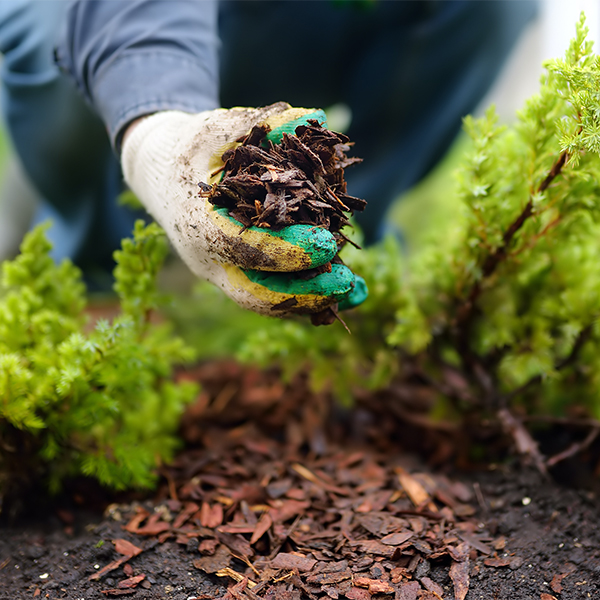
As a veteran nurseryman who appreciates how gardens affect real estate values, I’m pleased to be a part of this new section. Horticulture is my primary passion, and I’m our third generation to run our family business. Over the years I’ve composed articles for local newspapers, nursery industry publications, Yankee Magazine, and others, and I enjoy giving presentations to groups who want to learn more about using plants effectively. I’m hoping you will find my comments interesting and relevant and, of course, that they add to your enjoyment of the plantings around your home or workplace.
This column will soon be answering your questions about plants and garden design, and I await your inquiries. Gardening should be fun and rewarding. I’ll show practical and economical ways, even for “non-green-thumbers,” to simplify what may seem overly complicated. To start, a few universal fundamentals apply whenever we use plants, trees, and shrubs in the landscape. Once these elements are addressed, the steps that follow become a lot easier to accomplish.
First, discuss and describe in detail the effect you’re trying to create and how you will want to use the space you’re improving. What is the purpose you seek to achieve: an appealing view from the street, framing a pleasing vista or screening an undesirable one, an attractive entry to your home, play space for children, an outdoor-dining room, a particular garden (herb, vegetable, orchard, etc.)? Fully defining the function you desire for your design will help simplify your choice of plants.
Next, it’s critical to understand how the trees, shrubs, and plants you are using will change as they grow. So many gardens that look beautiful that first year or two soon become overcrowded and in need of revision because how different the plants become as they mature was not considered in the design. Understanding this needn’t be time-consuming or expensive. Lots of information is readily available at your local garden center, from specialists like landscape designers and architects, in publications, and on the Internet. Before investing in your plantings, be sure to do your homework by taking the time to ask questions about your choices and consider alternatives.
Last, and possibly most important for the continuing health of your plantings, be sure your soil and locations are suitable for growing the plants you’re choosing. Few plants are adapted to thrive in all soils or exposures; most have particular preferences for best performance. It is unwise to expect a tree that enjoys humusy soil to do well in a sandy, dry location, or a shade-loving shrub to prosper in a hot, sunny area. Many disappointing results can be traced to root systems being ineffectively nourished by soils that are not properly prepared. When you visit your local garden center, describe your site and ask the experts for their advice; most offer kits for basic soil testing. More detailed recommendations are available by sending samples to the Soil and Plant Tissue Testing Laboratory at the University of Massachusetts Amherst for professional analysis.
Wayne Mezitt is a 3rd generation nurseryman, a Massachusetts Certified Horticulturist, now chairman of Weston Nurseries of Hopkinton, Chelmsford & Hingham MA, and owner of “Hort-Sense”, a horticultural advisory business. He currently serves in various capacities on several horticulturally-related organizations, including the Massachusetts Horticultural Society at The Gardens at Elm Bank in Wellesley MA, and chairman for the Massachusetts Invasive Plant Advisory Group (MIPAG).









